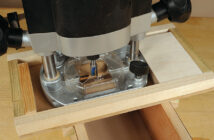Setting up a Green Woodworking Area:
Gary Marshall explains what you need in terms of space to get going in woodland crafts.
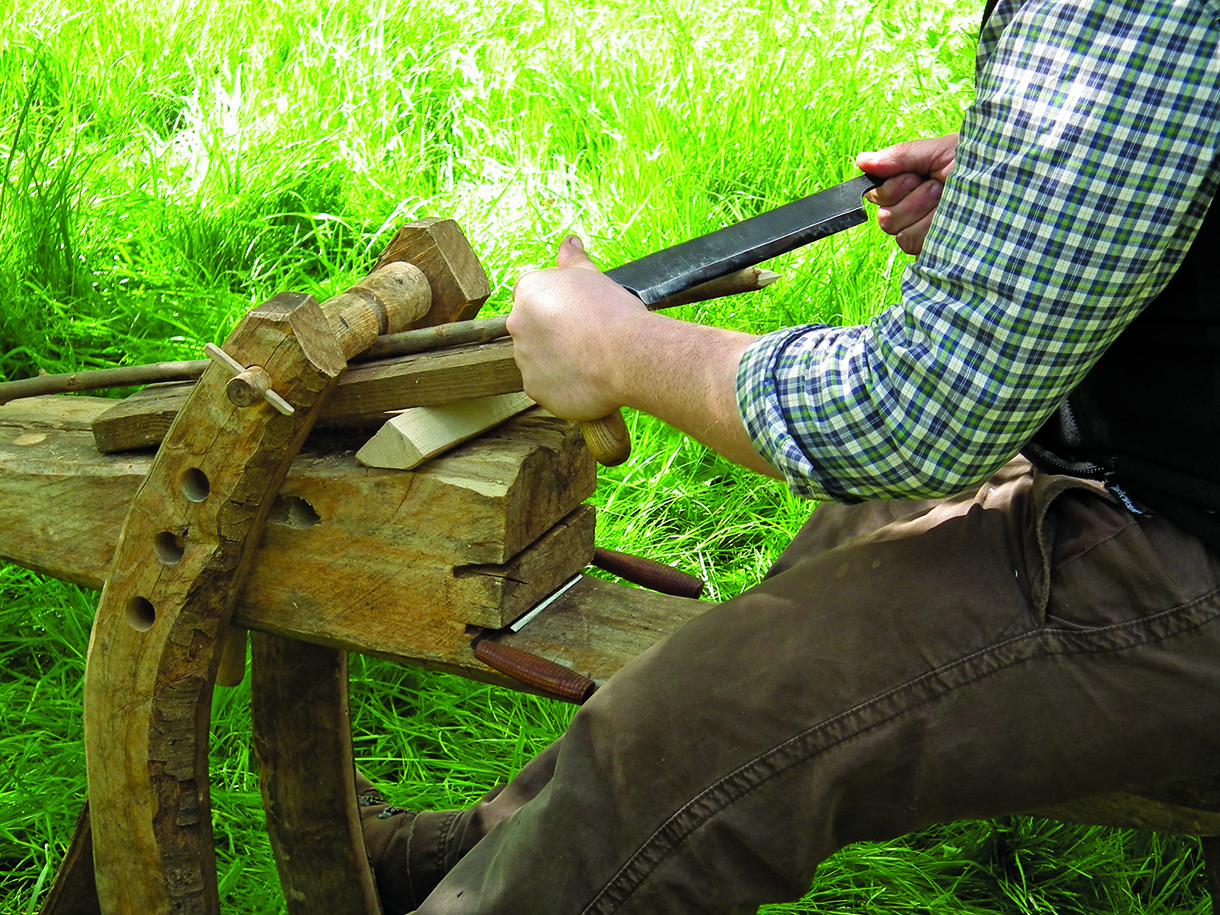
Green woodworking really is an outdoor activity!
Although my own sphere of competence is woodland management I have had plenty of contact with experienced green woodworkers. For many people it can be hard to know where to start this craft. So I thought I would approach it from a ‘dabbler’s’ and ‘occasional hobbyists’ point of view.
Starting from basics
You don’t need to own woodland to be a green woodworker, just access to ‘green’ wood, some working space and a selection of tools. And of course, time to practice with one of our most precious commodities – wood. Years ago I helped set up a green woodworking area in a barn where a group of us were making chestnut sheep hurdles at Plumpton College’s Open Day. We learned ‘on the job’. Using some good, recently felled chestnut poles between 100mm and 230mm in girth and up to 2.75m in length, we set to. These were split using a ‘cleaving break’ that we made with strong timbers and coachbolted together. We used froes and mallets to split the chestnut into manageable sized ‘wedges’. We found the cleaving could be ‘steered’ by leaning down or pulling up, on the pole being cleft. Split wood was sawn into appropriate lengths using a decent saw and our ‘assembled on the spot’ saw horse. It was split further as necessary and shaved and shaped with drawknives on a shave horse. Joints were simple mortise and tenon, and I remember using a twivil (or twybil) which is a traditional tool for chopping large mortises. Split sections were kept and assembled in pairs to take up opposing tensions. The end result was as in the picture (well, more or less) and the hurdles sold well.
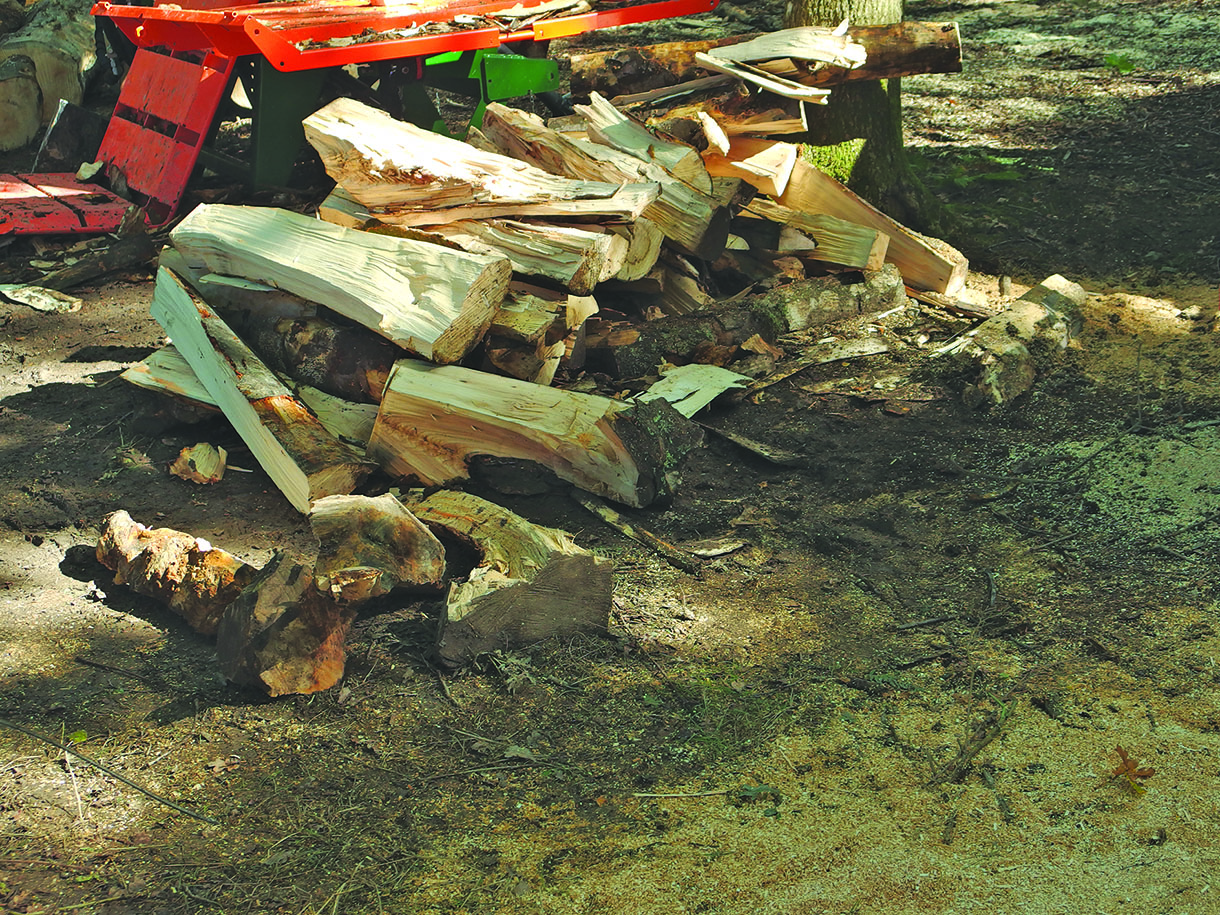
The rough and ready raw material awaiting conversion into useful things
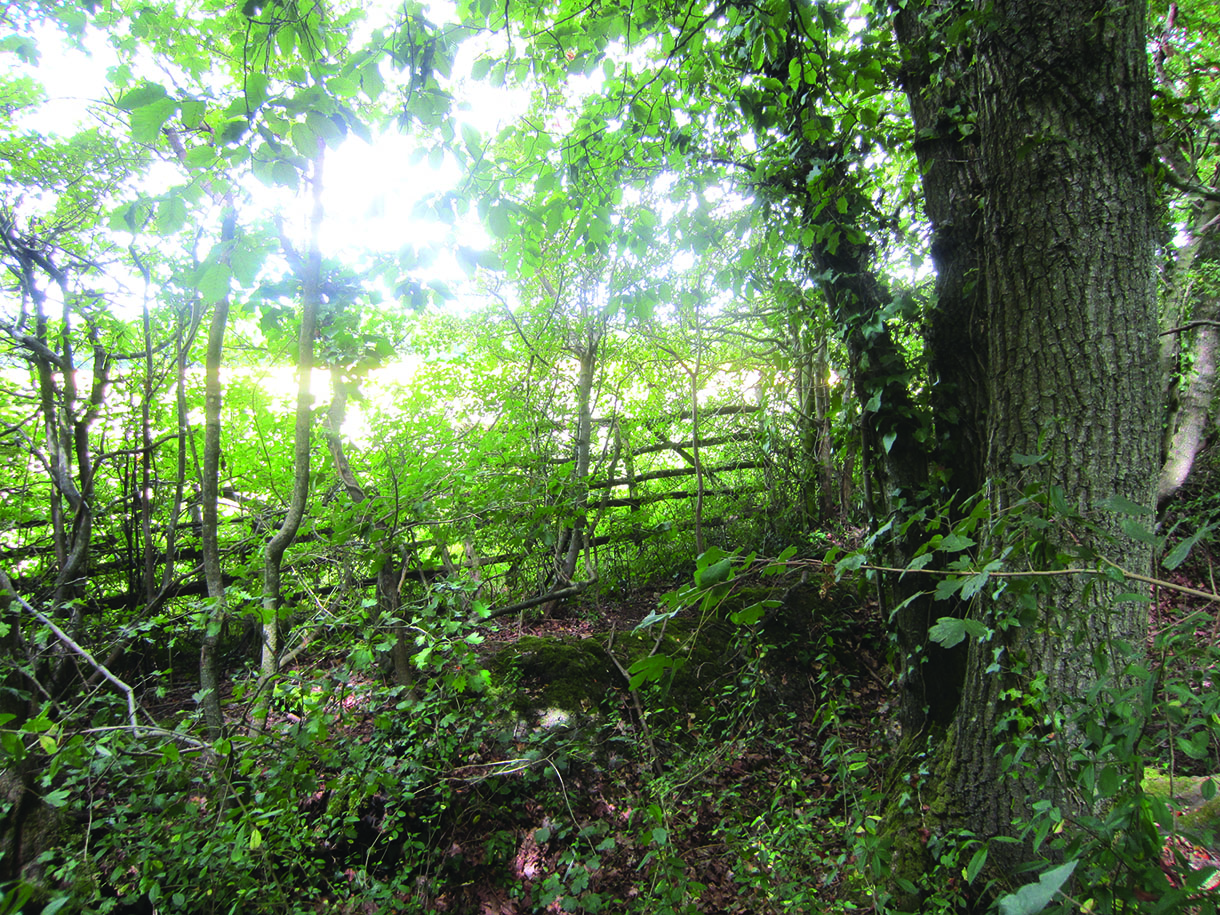
Chestnut sheep hurdles
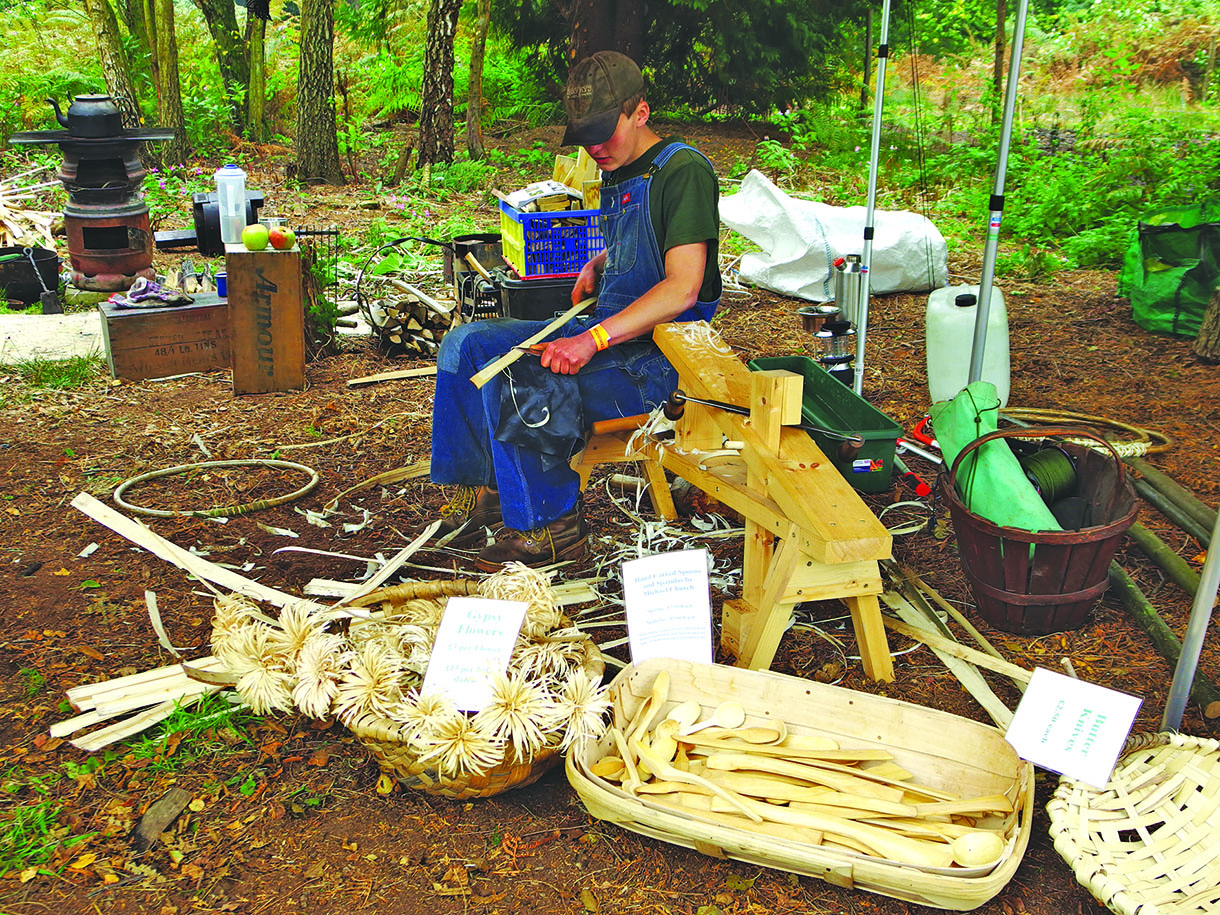
Gypsy flowers and wooden spoon making are enjoyable pastimes
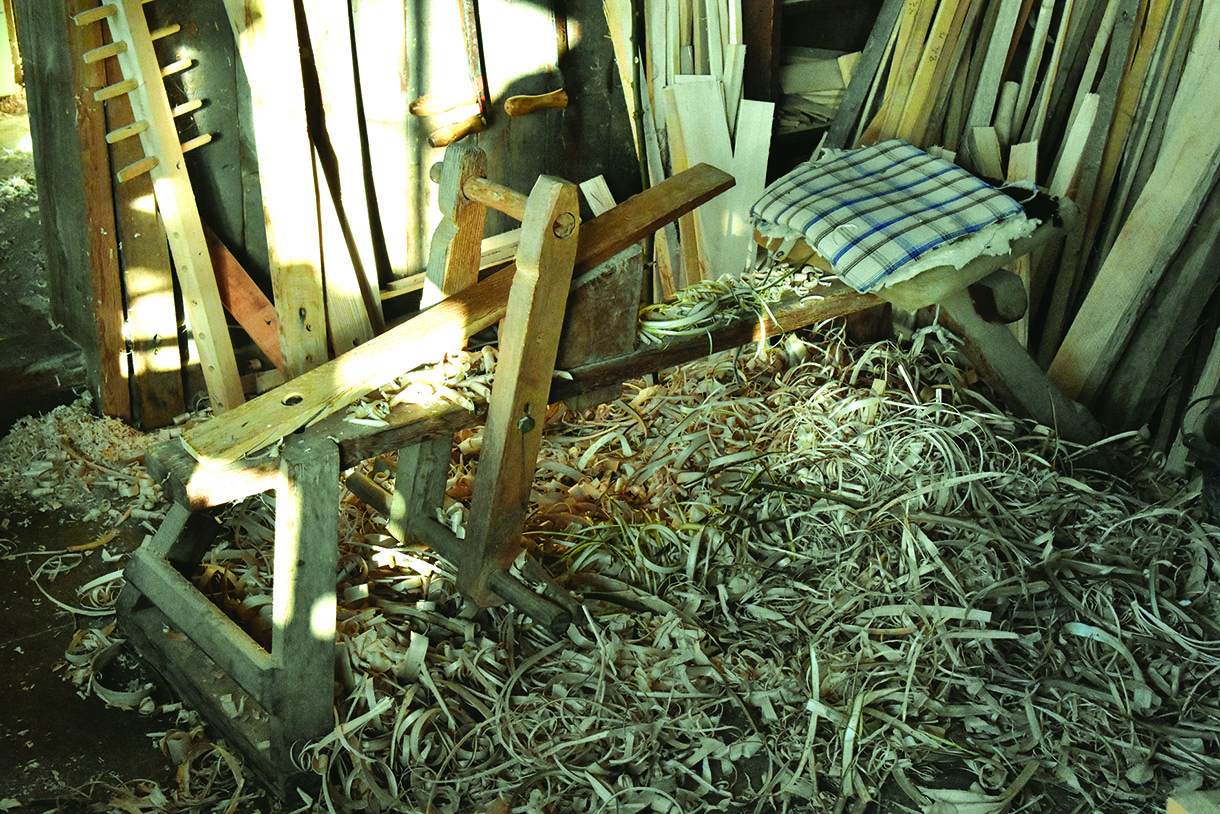
A shave horse need not take up much space
What you need
The larger items I’d favour in a green woodworking area are a saw horse, a cleaving break and a shave horse. Maybe not for the purists, but I’d also have a ‘workmate’ to hand.
At a pinch you could work in an area as small as 2.75m square, but the more space the better, provided you keep your tools close at hand. If you want to keep dry and don’t have a large shed or barn, try knocking up a woodsman’s shelter as I did in my article in issue 15. In Forty Acre Wood Robin and Diana are still keen to set up a green woodworking area, but have been a bit dogged by lack of time but they hope to get properly setup soon.
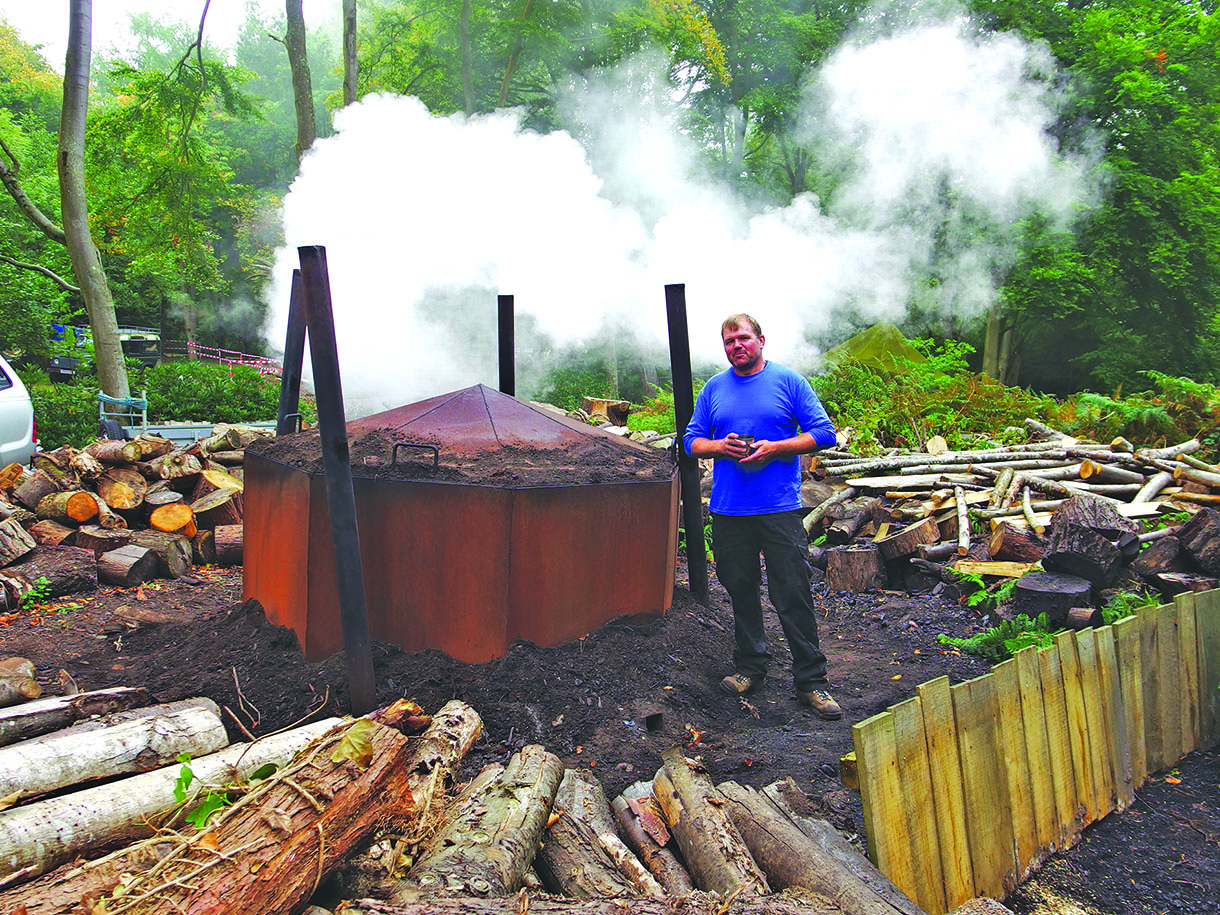
Charcoal burning is much more of a commitment but worth trying
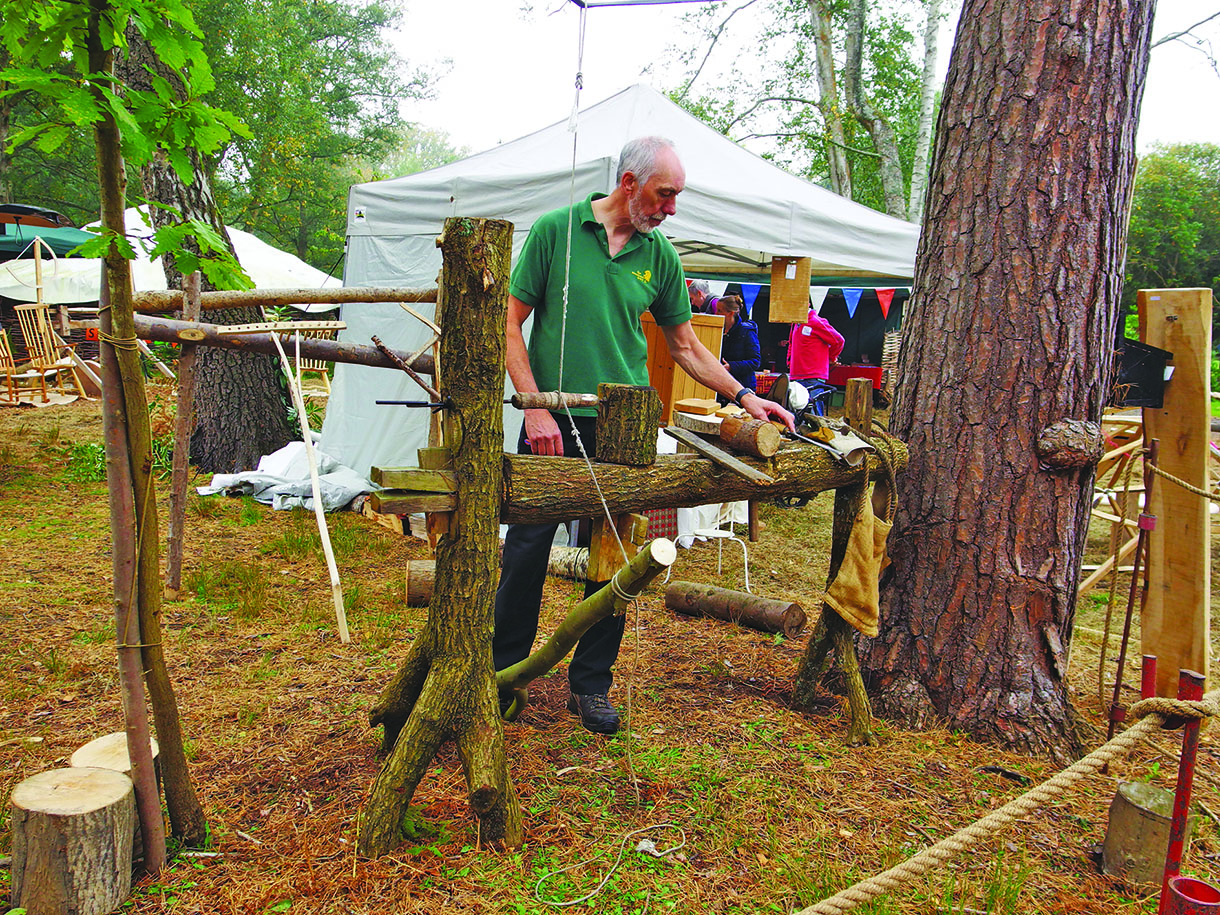
Pole lathe turning doesn’t get more rustic than this…
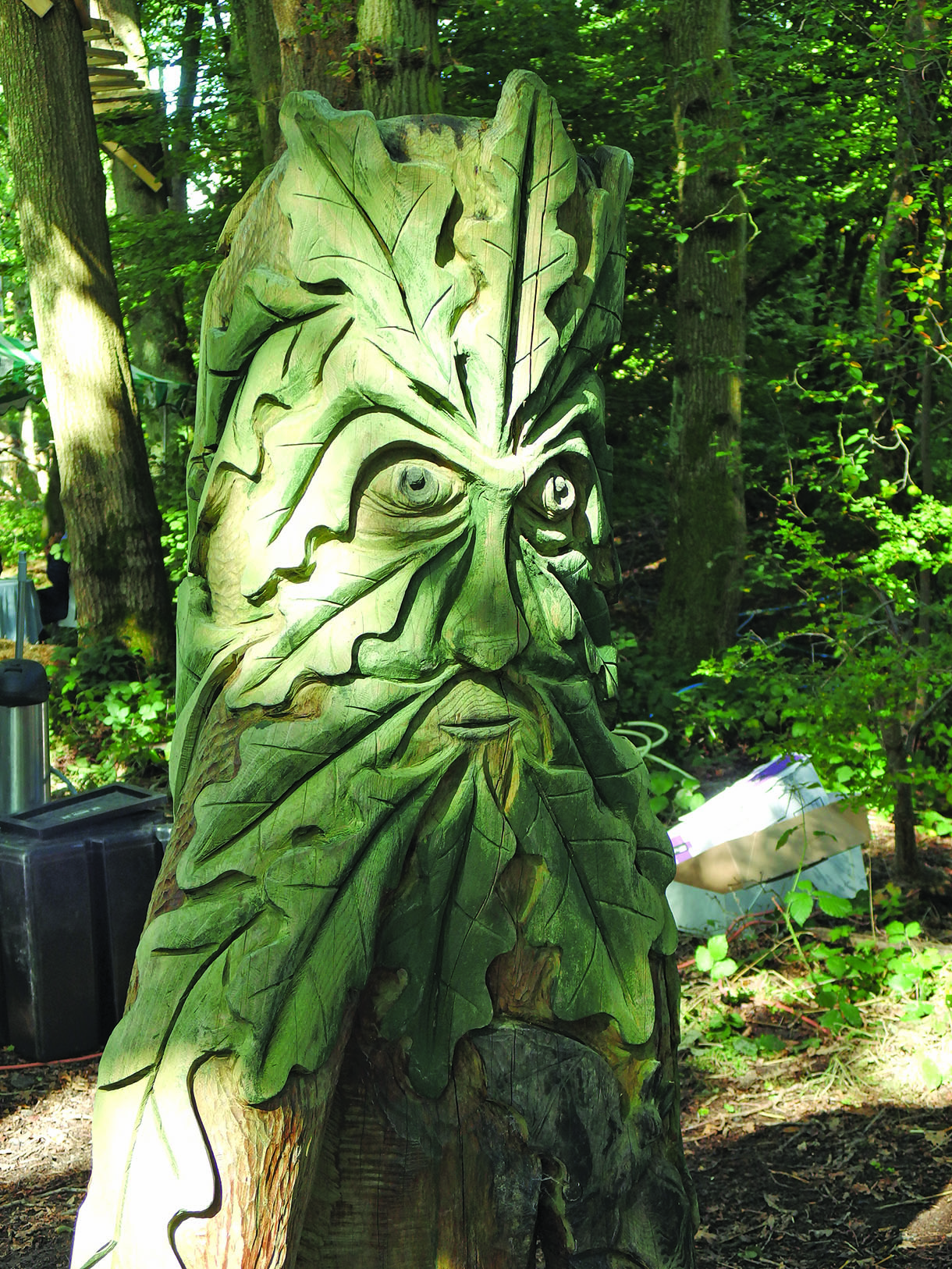
How about carving your own version of ‘The Green Man’?
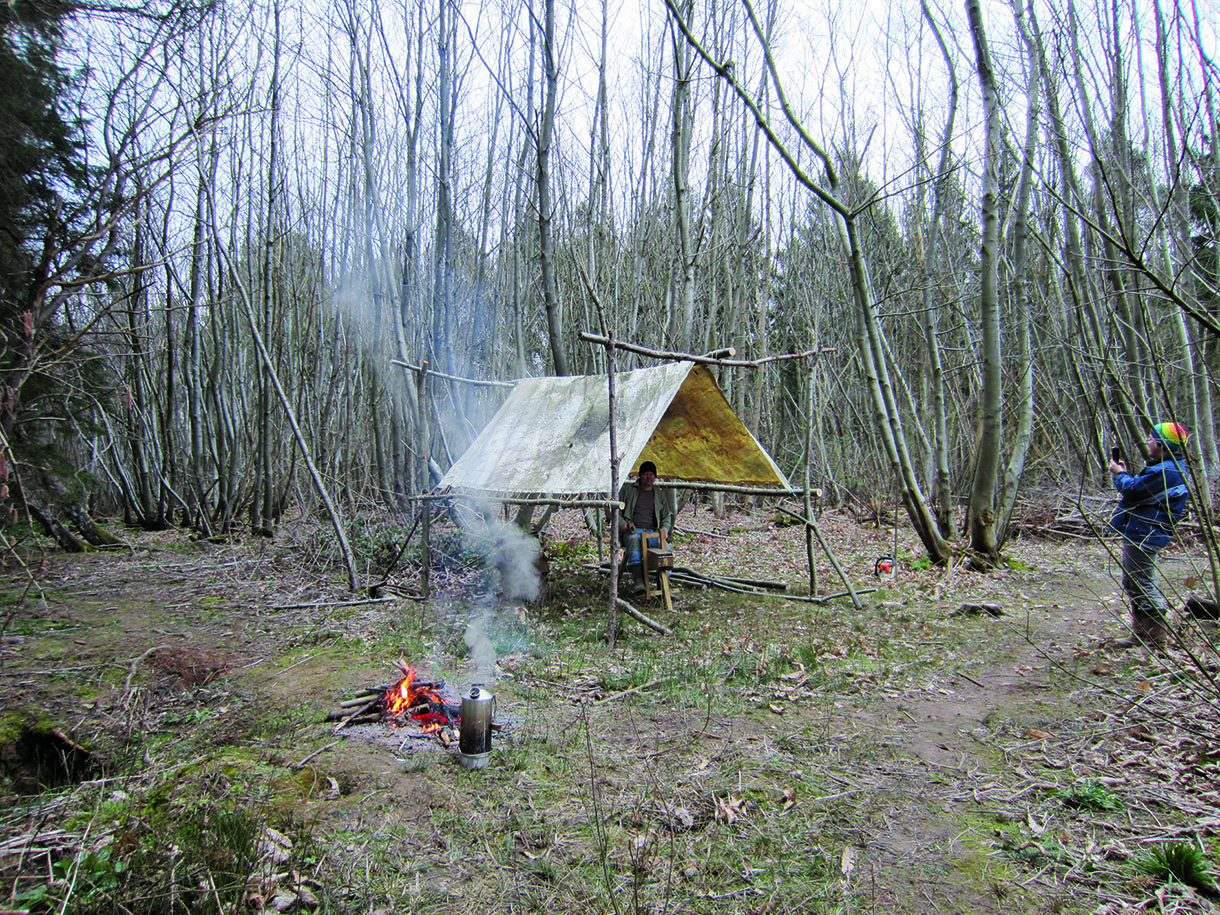
An outdoor shelter gives protection from sun and rain but keeps you in touch with the great outdoors


